Showing 31-40 of 40 results
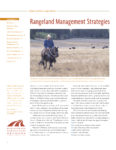
Rangeland Management Strategies
Features innovative SARE-funded research on creating and sustaining a healthy range.
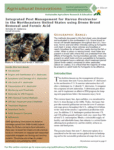
Integrated Pest Management for Varroa Destructor in the Northeastern United States using Drone Brood Removal and Formic Acid
This bulletin focuses on the management of the parasitic honey bee mite Varroa destructor (V. destructor) in the northeastern U.S. It contains information that will allow a beekeeper to: 1) identify V. destructor, 2) recognize the symptoms of mite infestation, 3) determine pest densities, and 4) implement an effective IPM program for keeping mite populations below the economic injury level.

12 Aprils Grazing Dairy Program
Tom Trantham's Twelve Aprils grazing program has been part of three Southern Region SARE projects. Tom has influenced scores of experienced and beginning dairy farmers through presentations at conferences and magazine stories. This online manual addresses the most often asked questions about his system.
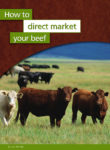
How to Direct Market Your Beef
How to Direct Market Your Beef portrays how one couple used its family’s ranch to launch a profitable, grass-based beef operation focused on direct market sales.
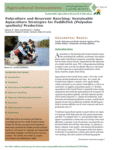
Polyculture and Reservoir Ranching
The purpose of this fact sheet is to describe two production systems, polyculture and reservoir ranching, that show promise of becoming popular methods for increasing fish production and profits in inland waters compared to a traditional monoculture system.
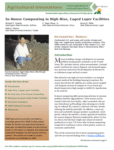
In-House Composting in High-Rise, Caged Layer Facilities
This fact sheet describes research on composting manure inside of the buildings housing laying hens. Research showed that the addition of a carbon source coupled with frequent aeration of compost in a layer house produced temperatures high enough to inhibit fly reproduction in the material, and odor problems are diminished.
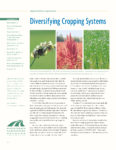
Diversifying Cropping Systems
This bulletin describes some of the many agronomic crop alternatives to use in rotations, with plentiful examples of on-farm successes.
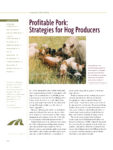
Profitable Pork
The 16-page bulletin features profiles about successful hog producers as well as the latest research on everything from greater profits to better-tasting pork raised in alternative hog systems.
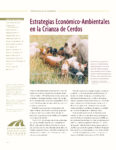
Estrategias Economico-Ambientales en la Crianza de Cerdos
Granjeros que quieren producir puercos con éxito en pequeña escala pueden preservar su independencia de cara a la industria de puercos en proceso de consolidación.
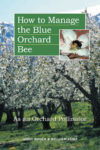
How to Manage the Blue Orchard Bee
How to Manage the Blue Orchard Bee explains how to use this alternative pollinator successfully, including nesting, rearing and wintering, how to manage predators, and more. Available only online.